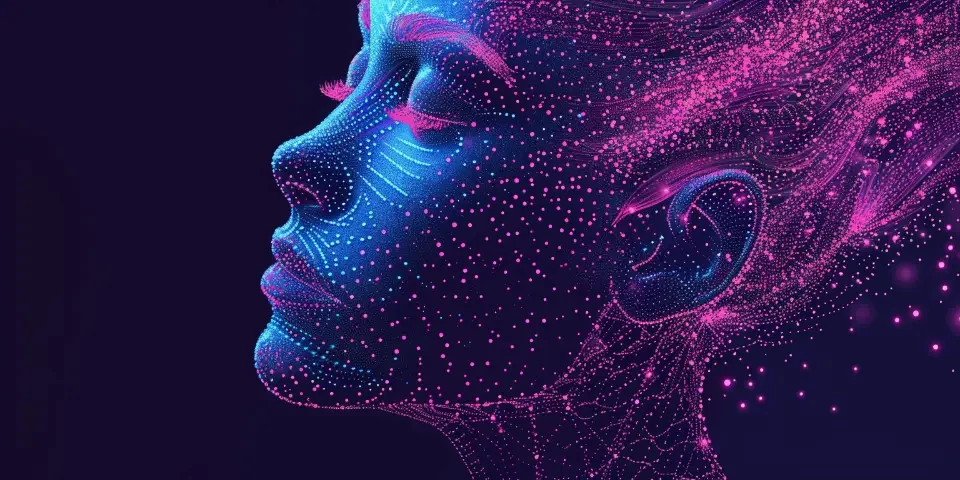Realistic Art Comes Alive Exploring AI-generated Portraits
In recent years, artificial intelligence (AI) has made significant advancements in various fields, including the world of art. One fascinating application of AI technology is the generation of realistic portraits. With AI, artists and enthusiasts alike can now witness the vivid imagination of machines come to life. In this article, we will delve into the world of AI-generated portraits, exploring the possibilities, tools, and implications that arise from this emerging art form.
The Rise of AI-generated Portraits
AI-generated portraits have gained tremendous popularity due to their ability to create lifelike images that closely resemble traditional artwork. By analyzing vast amounts of data, AI algorithms can learn and understand the intricacies of human facial features, expressions, and styles. This knowledge, combined with the processing power of modern computers, allows AI to produce stunning portraits that capture the essence of human emotion.

One notable aspect of AI-generated portraits is their ability to mimic the style of famous artists. By training AI models with vast collections of artwork, these algorithms can generate portraits that resemble the distinctive styles of artists such as Van Gogh, Picasso, or Monet. This blending of artistry and technology opens up a new realm of creative possibilities.
Tools and Platforms for AI-generated Portraits
Several tools and platforms have emerged to facilitate the creation of AI-generated portraits. One popular platform is "DeepArt.io," which allows users to upload their images and apply various artistic filters inspired by renowned artists. This platform leverages neural networks to transform images into stunning artwork that resembles the style of famous painters.
For more advanced users, software like "Runway ML" offers a range of AI-powered tools specifically designed for artists and creatives. This software enables users to experiment with style transfer, image synthesis, and facial emotion manipulation, providing a seamless integration of AI technology into the artistic process.
Another noteworthy tool is "Artbreeder," which combines AI and genetic algorithms to create new portrait variations by merging, breeding, and evolving existing AI-generated images. This unique approach allows for the creation of artworks that exhibit a fusion of multiple artistic styles, resulting in striking and original portraits.
The Ethical Implications
While AI-generated portraits offer a new level of artistic expression and creativity, their emergence also raises ethical concerns. One prominent issue revolves around ownership and copyright. Since AI algorithms analyze and learn from existing artwork, determining who owns the rights to AI-generated portraits becomes a complex matter. Artists, AI developers, and legal systems will need to navigate this uncharted territory to ensure fair attribution and protection of intellectual property.
Furthermore, AI-generated portraits also raise questions about the impact on traditional artists. Will AI technology replace human creativity? While AI can mimic artist styles, it lacks the emotional depth and storytelling abilities that human artists bring to their work. Rather than viewing AI as a threat, artists can embrace this technology as a tool to enhance their own creativity and exploration.
FAQs (Frequently Asked Questions)
1. Can AI-generated portraits be considered real art?
Yes, AI-generated portraits can be considered real art. While the creative process involves AI algorithms, the final product is a result of human intention and interpretation.
2. Are AI-generated portraits indistinguishable from human-created ones?
In some cases, AI-generated portraits can be incredibly realistic, making it challenging to distinguish between AI-generated and human-created artwork. However, trained professionals may still identify subtle differences.
3. Can AI-generated portraits evoke genuine emotions?
Yes, AI-generated portraits have the ability to evoke genuine emotions. By incorporating human-like facial expressions and capturing the essence of human emotion, these portraits can elicit emotional responses from viewers.
Conclusion
The world of AI-generated portraits presents a fascinating intersection of technology and art. With AI algorithms becoming more advanced, the possibilities for creative expression are boundless. While ethical implications and questions of artistic ownership arise, embracing AI as a complementary tool to human creativity can lead to exciting new artistic horizons. AI-generated portraits offer a glimpse into the potential of machines to understand and replicate human emotions, bridging the gap between art and technology.
References:
1. Beeple: The AI-brush: https://www.beeple-crap.com/ai-brush/
2. DeepArt.io: https://deepart.io/
3. Runway ML: https://runwayml.com/
Explore your companion in WeMate